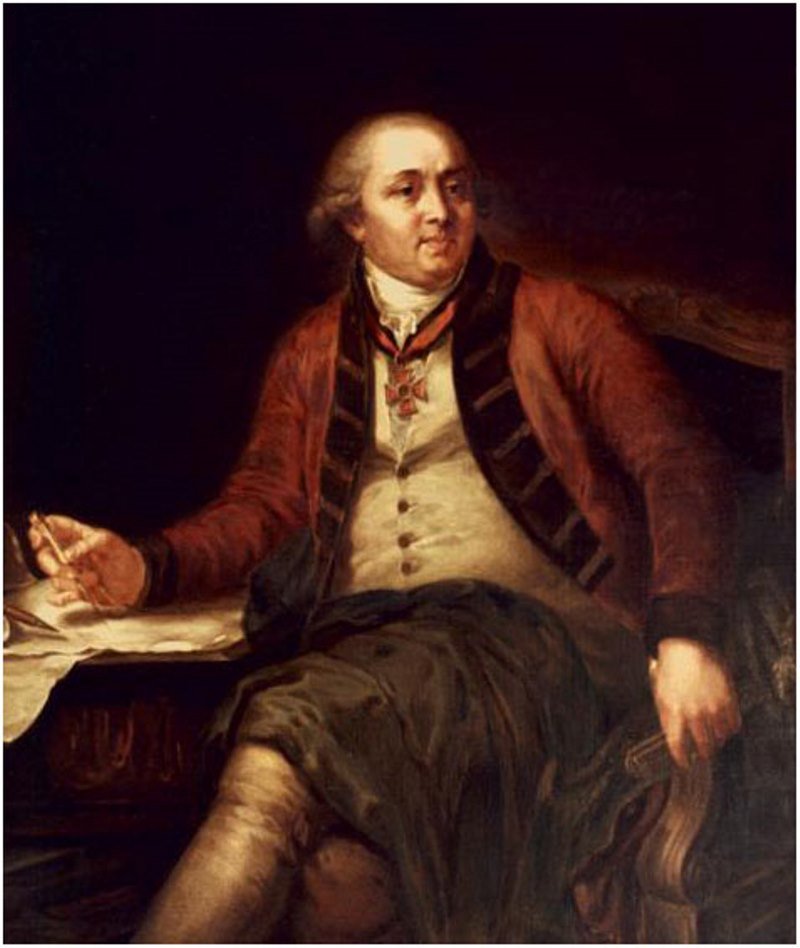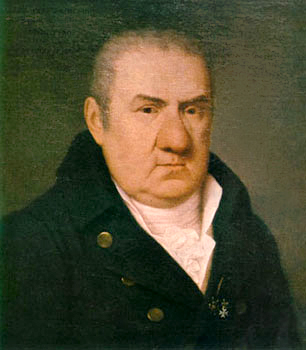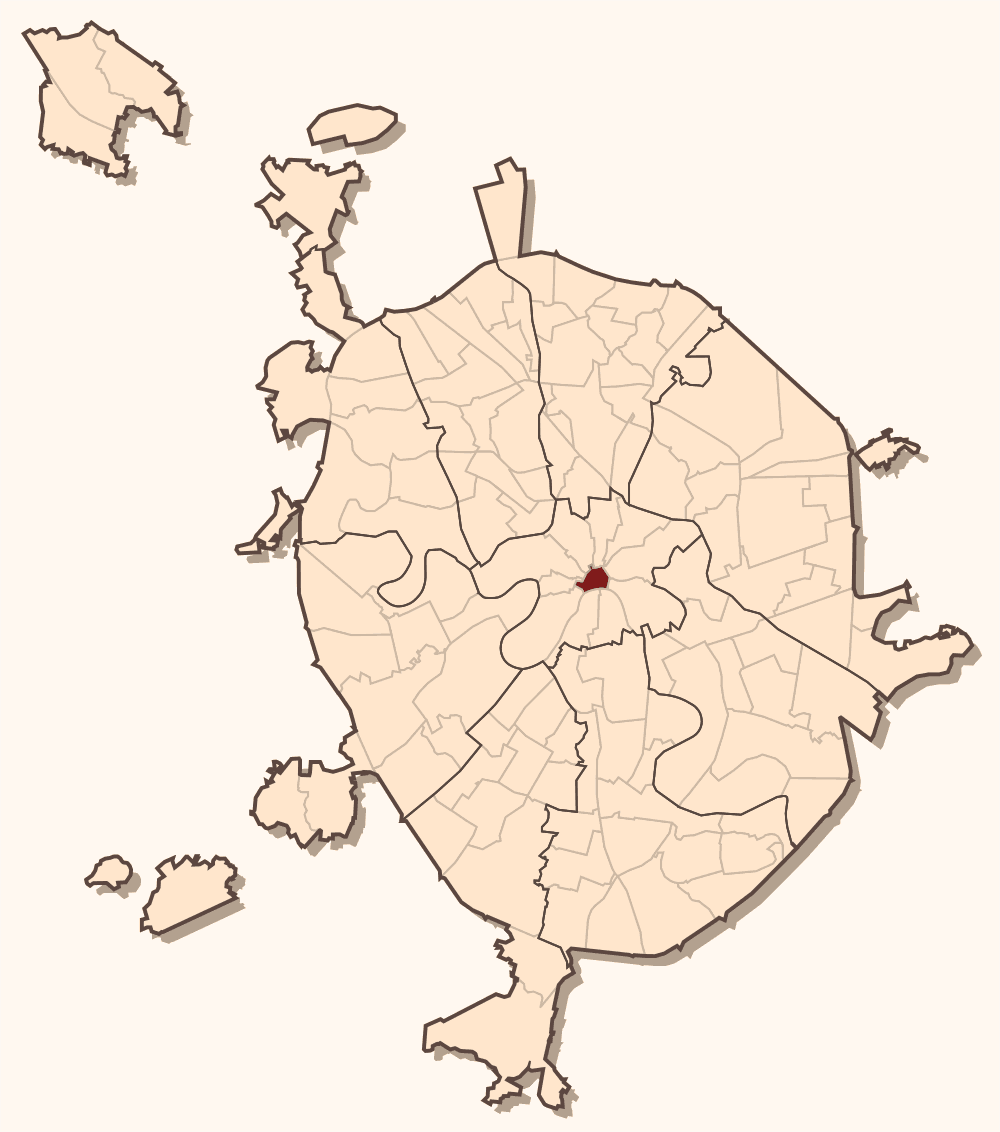|
Ostankino Palace
Ostankino Palace is a former summer residence and private opera theatre of Sheremetev family, originally situated several kilometres to the north from Moscow but now a part of the North-Eastern Administrative Okrug of Moscow. Extant historical Ostankino includes the main wooden palace, built in 1792–1798 around a theater hall, with adjacent Egyptian and Italian pavilions, a 17th-century Trinity church, and fragments of the old Ostankino park with a replica of ''Milovzor'' folly. History 16th century to 1787 The first documentary evidence of Ostankino—then known as Ostashkovo—dates to the middle of the 16th century, when Tsar Ivan IV of Russia granted these lands to the hold of Alexey Satin, relative of statesman Alexey Adashev. Satin, however, was executed by Ivan in 1560, and the lands passed to one Horn, a German mercenary, and, in 1585, to notable diak (statesman) Vasily Schelkalov. Under Schelkalov, the unpopulated lands of Ostashkovo developed into a relatively p ... [...More Info...] [...Related Items...] OR: [Wikipedia] [Google] [Baidu] |
Moscow
Moscow ( , US chiefly ; rus, links=no, Москва, r=Moskva, p=mɐskˈva, a=Москва.ogg) is the capital and largest city of Russia. The city stands on the Moskva River in Central Russia, with a population estimated at 13.0 million residents within the city limits, over 17 million residents in the urban area, and over 21.5 million residents in the metropolitan area. The city covers an area of , while the urban area covers , and the metropolitan area covers over . Moscow is among the world's largest cities; being the most populous city entirely in Europe, the largest urban and metropolitan area in Europe, and the largest city by land area on the European continent. First documented in 1147, Moscow grew to become a prosperous and powerful city that served as the capital of the Grand Duchy that bears its name. When the Grand Duchy of Moscow evolved into the Tsardom of Russia, Moscow remained the political and economic center for most of the Tsardom's history. Whe ... [...More Info...] [...Related Items...] OR: [Wikipedia] [Google] [Baidu] |
Time Of Troubles
The Time of Troubles (russian: Смутное время, ), or Smuta (russian: Смута), was a period of political crisis during the Tsardom of Russia which began in 1598 with the death of Fyodor I (Fyodor Ivanovich, the last of the Rurik dynasty) and ended in 1613 with the accession of Michael I of the House of Romanov. It was a time of lawlessness and anarchy following the death of Fyodor I, a weak and possibly intellectually disabled ruler who died without an heir. His death ended the Rurik dynasty, leading to a violent succession crisis with numerous usurpers and false Dmitrys (imposters) claiming the title of tsar. Russia experienced the famine of 1601–03, which killed almost a third of the population, within three years of Fyodor's death. Russia was occupied by the Polish–Lithuanian Commonwealth during the Polish–Russian War (also known as the ''Dimitriads'') until it was expelled in 1612. It was one of the most turbulent and violent periods in Russian his ... [...More Info...] [...Related Items...] OR: [Wikipedia] [Google] [Baidu] |
Ivan Starov
Ivan Yegorovich Starov (russian: Ива́н Его́рович Старо́в) (23 February 1745 – 17 April 1808) was a Russian architect from St. Petersburg who devised the master plans for Yaroslavl, Voronezh, Pskov, Dnipro, Mykolaiv, and many other towns in Russia and Ukraine. His radial urban master plan for Yaroslavl (1778), cleverly highlighting dozens historic churches and towers, is recognized as one of the World Heritage Sites. Starov was one of the first graduates of the Moscow University College (1755–1758) and of the Imperial Academy of Arts (1758–1762). He continued his education in Paris (1762–1767) and Rome (1767–1768), becoming apprenticed to Charles De Wailly and other fashionable architects of his day. Back in Russia, he delivered lectures in the Academy of Arts, which nominated him academician (1769) and professor (1785). Starov held the post of the principal architect of St. Petersburg between 1772 and 1774. After that, he ... [...More Info...] [...Related Items...] OR: [Wikipedia] [Google] [Baidu] |
Giacomo Quarenghi
Giacomo Quarenghi (; rus, Джа́комо Кваре́нги, Džákomo Kvaréngi, ˈdʐakəmə kvɐˈrʲenʲɡʲɪ; 20 or 21 September 1744) was an Italian architect who was the foremost and most prolific practitioner of neoclassical architecture in Imperial Russia, particularly in Saint Petersburg. He brought into vogue an original monumental style, of Palladian inspiration, which was a reference for many architects who worked in Russia. He has been described as "the last of the great architects of Italy". Career in Italy Born in Rota d'Imagna near Bergamo to an Italian noble family, Quarenghi was destined by his parents for a career in law or the church but initially was allowed to study painting in the Bergamo studio of G. Reggi, himself a student of Tiepolo. Young Quarenghi was well educated and widely read. Traveling through Italy he visited Vicenza, Verona, Mantua and Venice, the places where he made the longest stays. He made drawings of the Greek temples at Paestum ... [...More Info...] [...Related Items...] OR: [Wikipedia] [Google] [Baidu] |
Francesco Camporesi
Francesco Camporesi (1747, Bologna – 1831, Moscow) was an Italian architect, painter, engraver and educator who worked in Moscow in 1780s-1820s. Most of his architectural work perished in the Fire of 1812, was severely altered, demolished or otherwise lost. Biography Camporesi arrived in Russia in the 1780s, probably as an assistant to Giacomo Quarenghi. Extent of his architectural work in 18th century remains disputed, and he is better known as a fine vedutist who documented Moscow prior to the devastating Fire of 1812. For a decade (1784-1796) Camporesi worked under Quarenghi and Karl Blank on the Catherine's Palace in Moscow, where he was employed both as an architect and a plasterer craftsman. Eventually, he developed into a ''generalist architect'': capable of independently managing construction projects, Camporesi was regularly employed by private clients - for his design talents as well as business capabilities. His input to Nikolai Sheremetev's Ostankino Palace ... [...More Info...] [...Related Items...] OR: [Wikipedia] [Google] [Baidu] |
Galitzine
The House of Golitsyn or Galitzine was one of the largest princely of the noble houses in the Tsardom of Russia and Russian Empire. Among them were boyars, warlords, diplomats, generals (the Mikhailovichs), stewards, chamberlains, the richest men of Russia (the Alexeyevichs), and provincial landlords (the Vasilyevichs). Since 1694 Bolshiye Vyazyomy was one of the ancestral estates of the Golitsyns, but many others, like Arkhangelskoye Palace and Dubrovitsy near Podolsk, were owned by different branches or members of the family. In the 1850s the Russian memoirist Filipp Vigel despaired: "So numerous are the Golitsyns that soon it will be impossible to mention any of them without the family tree at hand". Of the numerous branches of the princely family that existed in 1917, only one survived in the Soviet Union; all others were extinguished or forced into exile. The Bolsheviks arrested dozens of Golitsyns only to be shot or killed in the Gulag; dozens disappeared in the storm ... [...More Info...] [...Related Items...] OR: [Wikipedia] [Google] [Baidu] |
View From The Windows Of The Ostankino Palace In The 18th Century
A view is a sight or prospect or the ability to see or be seen from a particular place. View, views or Views may also refer to: Common meanings * View (Buddhism), a charged interpretation of experience which intensely shapes and affects thought, sensation, and action * Graphical projection in a technical drawing or schematic ** Multiview orthographic projection, standardizing 2D images to represent a 3D object * Opinion, a belief about subjective matters * Page view, a visit to a World Wide Web page * Panorama, a wide-angle view * Scenic viewpoint, an elevated location where people can view scenery * World view, the fundamental cognitive orientation of an individual or society encompassing the entirety of the individual or society's knowledge and point-of-view Places * View, Kentucky, an unincorporated community in Crittenden County * View, Texas, an unincorporated community in Taylor County Arts, entertainment, and media Music * ''View'' (album), the 2003 debut album ... [...More Info...] [...Related Items...] OR: [Wikipedia] [Google] [Baidu] |
Kitai-gorod
Kitay-gorod ( rus, Китай-город, p=kʲɪˈtaj ˈɡorət), also referred to as the Great Possad () in the 16th and 17th centuries, is a cultural and historical area within the central part of Moscow in Russia, defined by the remnants of now almost entirely razed fortifications, narrow streets and very densely built cityscape. It is separated from the Kremlin by Red Square. Kitay-gorod does not constitute a district (''raion''), as there are no resident voters, thus, municipal elections are not possible. Rather, the territory has been part of Tverskoy District, and the Central Administrative Okrug authorities have managed the area directly since 2003. Etymology Beside Kitay-gorod in Moscovia in ancient Russia, Kitay was also a name for a sea. A sea called Kitay exists in Odessa in Ukraine. Older sources said that people with darker skin than other ethnic groups of Russia sold goods and traded with other peoples in the area of the Kitay sea. ''Kita'' (pl. ''kity'') i ... [...More Info...] [...Related Items...] OR: [Wikipedia] [Google] [Baidu] |
Croesus
Croesus ( ; Lydian: ; Phrygian: ; grc, Κροισος, Kroisos; Latin: ; reigned: c. 585 – c. 546 BC) was the king of Lydia, who reigned from 585 BC until his defeat by the Persian king Cyrus the Great in 547 or 546 BC. Croesus was renowned for his wealth; Herodotus and Pausanias noted that his gifts were preserved at Delphi. The fall of Croesus had a profound effect on the Greeks, providing a fixed point in their calendar. "By the fifth century at least," J. A. S. Evans has remarked, "Croesus had become a figure of myth, who stood outside the conventional restraints of chronology." Name The name of Croesus was not attested in contemporary inscriptions in the Lydian language. In 2019, D. Sasseville and K. Euler published a research of Lydian coins apparently minted during his rule, where the name of the ruler was rendered as ''Qλdãns''. The name comes from the Latin transliteration of the Greek , which was itself the ancient Hellenic adaptation of the Lydia ... [...More Info...] [...Related Items...] OR: [Wikipedia] [Google] [Baidu] |
Kuskovo
Kuskovo (russian: Куско́во) was the summer country house and estate of the Sheremetev family. Built in the mid-18th century, it was originally situated several miles to the east of Moscow but now is part of the East District of the city. It was one of the first great summer country estates of the Russian nobility, and one of the few near Moscow still preserved. Today the estate is the home of the Russian State Museum of Ceramics, and the park is a favourite place of recreation for Muscovites. History In the 17th century, Kuskovo became the property of Boris Petrovich Sheremetev (1652–1719), a Russian field marshal under Czar Peter the Great, who led the Russian Army in the victory over the Swedes at the Battle of Poltava (1707) in the Great Northern War. There was already a wooden church on the site, a house and several ponds. The palace was constructed by his son Petr Borisovich Sheremetev (1713–1788). Count Sheremetev was one of the richest men in Rus ... [...More Info...] [...Related Items...] OR: [Wikipedia] [Google] [Baidu] |
Boris Sheremetev
Count Boris Petrovich Sheremetev (russian: Граф Бори́с Петро́вич Шереме́тев, tr. ; – ) was an Imperial Russian diplomat and general field marshal during the Great Northern War. He became the first Russian count in 1706. His children included Pyotr Sheremetev and Natalia Sheremeteva. Early life In his youth, Sheremetyev was a page to Tsar Alexis I before starting his military career. From 1671 he served at the imperial court. In 1681 he was a leader at Tambov, commanding the armies fighting the Crimean Khanate, and from 1682 he was a boyar. From 1685 to 1687 he participated in negotiations and the conclusion of the " Eternal Peace of 1686" with Poland and the allied treaty with Austria. From the end of 1687 he commanded the armies in Belgorod defending Russia's southern border, and participated in the Crimean campaigns. After Peter I gained power in 1689, he joined him as a fellow campaigner. He participated along with Mazepa in the war against ... [...More Info...] [...Related Items...] OR: [Wikipedia] [Google] [Baidu] |







